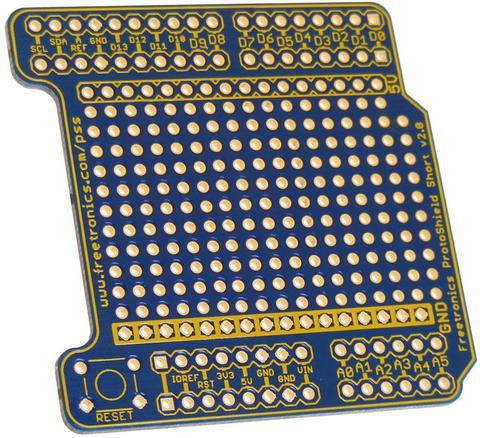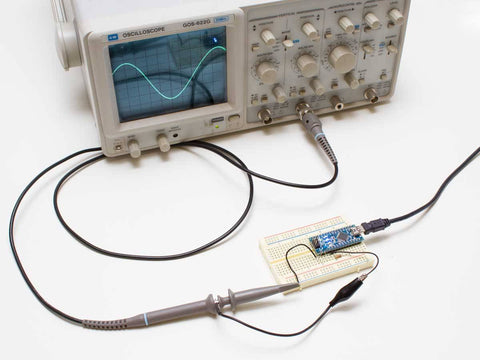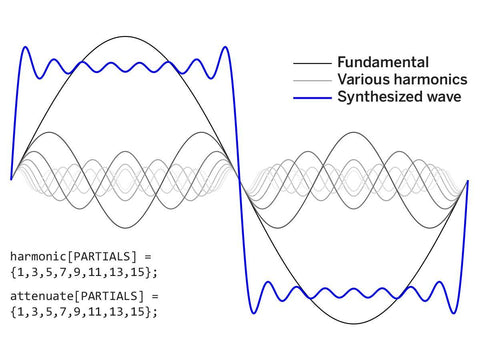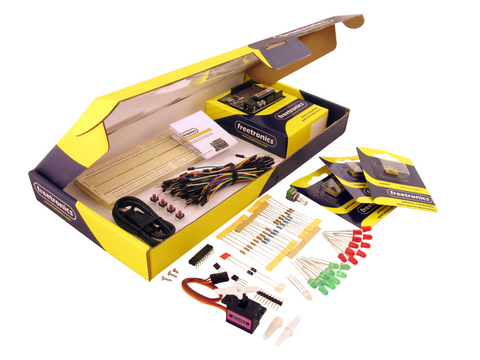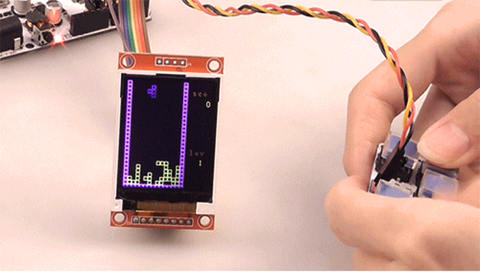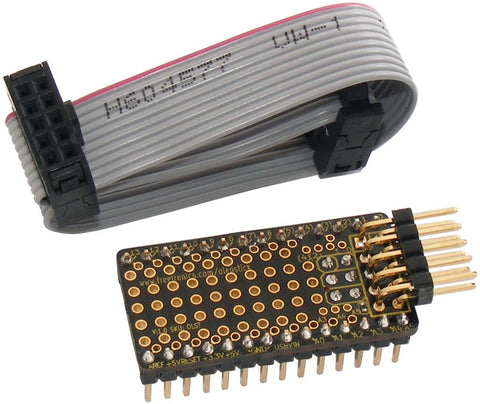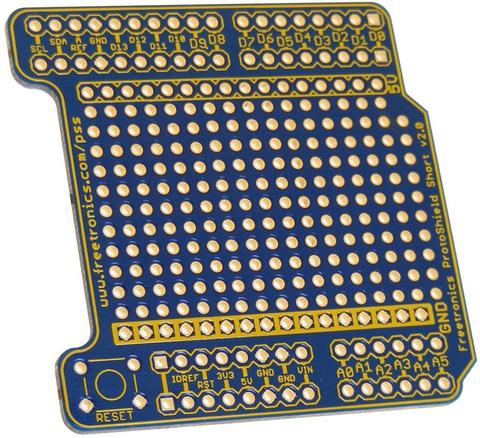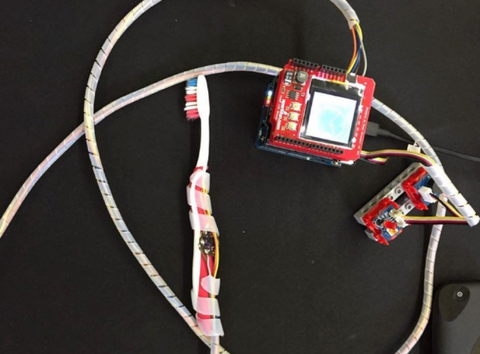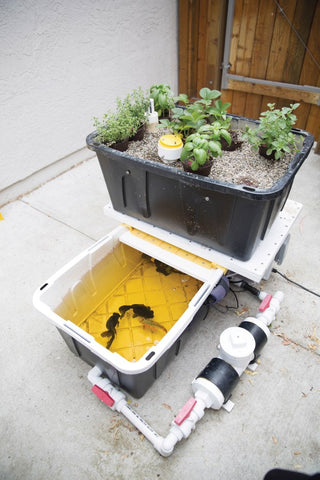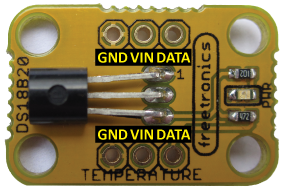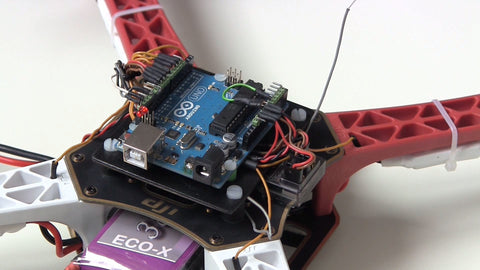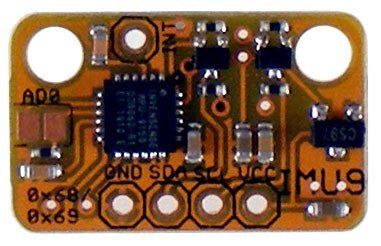This is the perfect project to test your Arduino abilities! Steve Hoefer’s Secret-Knock Gumball Machine only dispenses candy when you make the correct knocking pattern, and is sure to be a hit around any home or office. After you have completed this project you are sure to be an expert in working with the servos, piezo buzzers and Arduino microcontroller that make the magic happen.
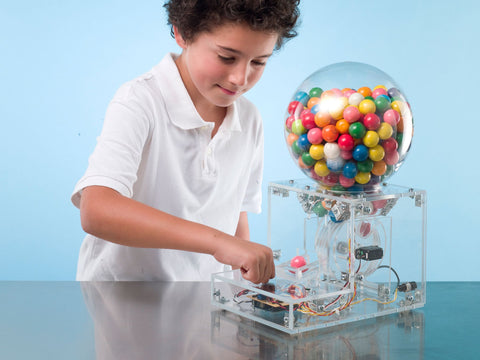
The secret knock candy machine is not a simple project by the instructions provided by Steve are comprehensive and well documented. To get started impressing your friends with this novel treat dispenser check out the following link!
Love the idea of an air quality monitor but have no idea where to get started with Arduino? Check out our Experimenter’s Kit which provides a perfect platform to learn the basics.
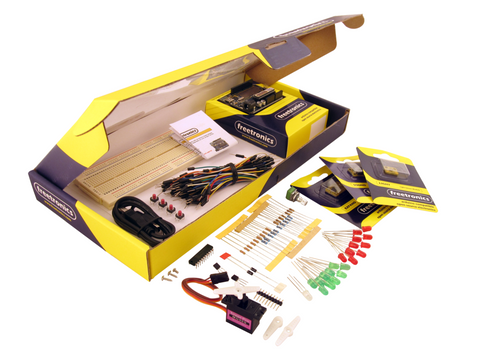
The kit is comprised of a wide range of parts including a servo, sensors, lights, buttons, a piezo module (perfect for a knock sensor) and more. Importantly, a Freetronics Eleven Arduino-compatible board is included to ensure that the kit contains everything you need to get started with Arduino. All these great parts would be useless without some form of instructions which is why we have developed a comprehensive project and instruction booklet to get you started. Check out the product page to find out more.
Looking forward to showing off your maker skills by starting on this project? Let us know in the comments section below or on Facebook and Twitter.







